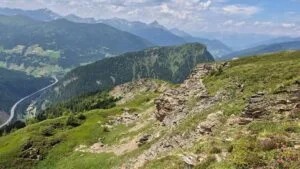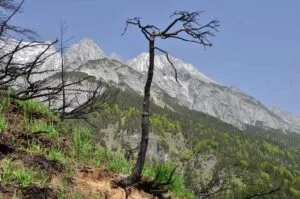Lisa Danzey
Briceño, Verónica; Cook, Alicia; Nicotra, Adrienne; Peyre, Gwendolyn; Rossetto, Maurizio; Venn, Susanna; Leigh, Andrea
Abstract/Description
In alpine ecosystems, elevation broadly functions as a steep thermal gradient, with plant communities exposed to regular fluctuations in hot and cold temperatures. Whilst very low temperatures are often considered synonymous with high elevations, small-statured plants with cold-acclimated leaves can also be exposed to damaging heat on treeless, sheltered slopes even when ambient temperatures are only moderately high. As snowmelt timing varies across elevations, plants are vulnerable to unpredictable frosts during the growing season when not protected by an insulating layer of snow. These variable conditions lead to selective filtering, potentially contributing to species-level variation in thermal tolerance and population genetic divergence. Under climate change, high-elevation plants will be pushed further to thermal limits, with alpine systems warming faster than other ecosystems, also leading to a reduction in snow cover and shorter snow periods. Few studies have explored the breadth of alpine plant thermal tolerances across a thermal gradient or the underlying genetic variation thereof. We measured photosystem heat (Tcrit-hot) and cold (Tcrit-cold) thresholds of ten Australian alpine species across elevation gradients. To reveal the biogeographical drivers of present-day signatures, we also reconstructed temporal changes in habitat suitability and characterised population genetic patterns across distributional ranges. We found intraspecific variation in thermal thresholds, but this was not associated with elevation, nor underpinned by genetic differentiation on a local scale. Instead, regional population differentiation may, in part, be driven by distributional contractions, long-term persistence, and migrations following habitat suitability. Our habitat suitability models suggest that cool-climate-distributed alpine plants may be threatened by a warming climate. Yet, the observed wide thermal tolerances did not reflect this vulnerability. In the face of global environmental change, research should steer focus away from elevation-driven responses of alpine plants and instead efforts should be directed towards fine scale microclimatic influences on plant thermal tolerance.


